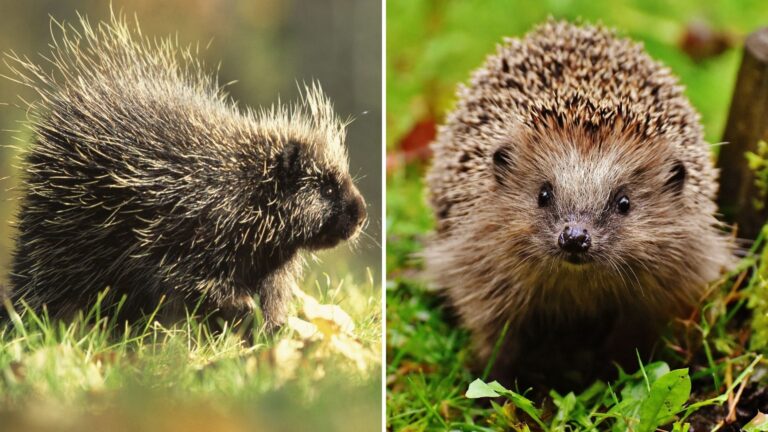12 Emotional Changes Cats Experience Once They Feel Safe
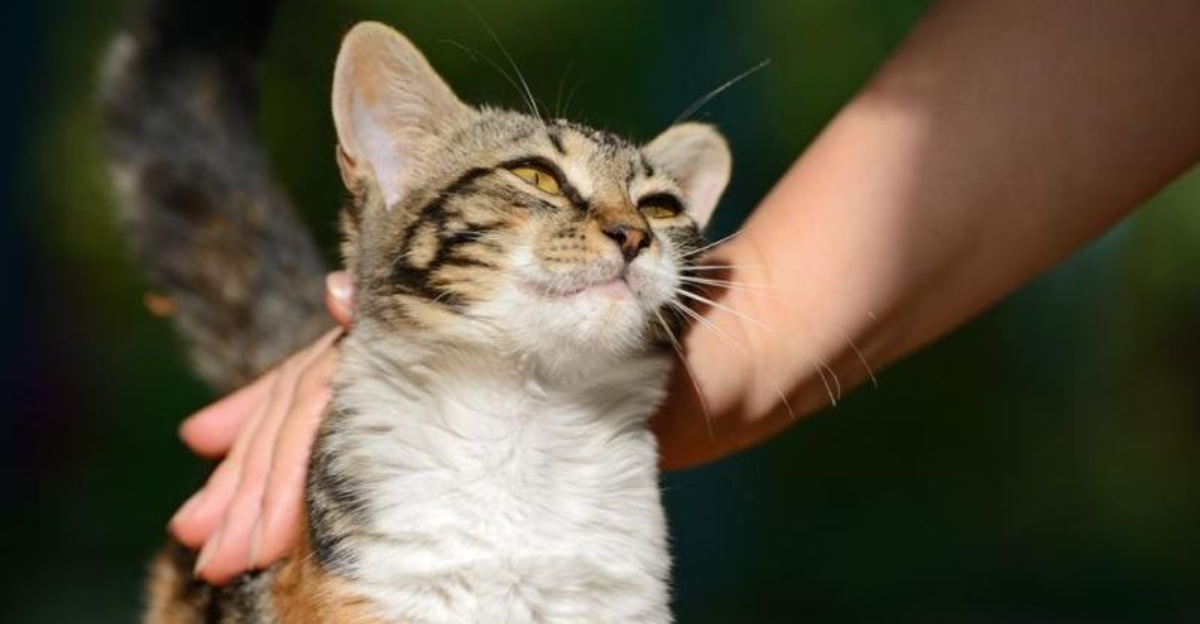
Cats are often seen as independent creatures, but they can experience deep emotional changes once they feel truly safe in their environment.
Many cat owners might notice these shifts when their cats start to trust them and their home. Understanding these emotional transformations can help strengthen the bond between you and your feline friend.
1. More Cuddles And Attention
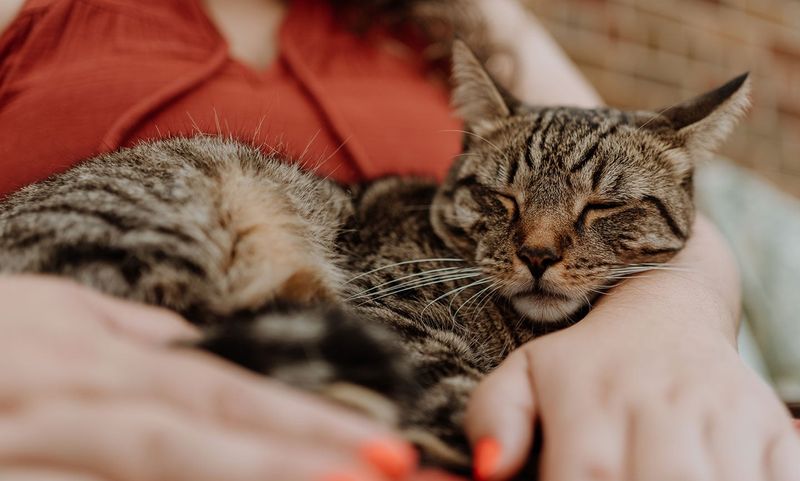
Remember that aloof kitty who kept to herself? Once feeling secure, cats transform into cuddle bugs. They’ll seek you out for head-butts, purrs, and quality lap time.
This newfound affection isn’t random—it’s a deliberate choice to connect with you, their trusted human. These gestures are their way of saying, “You’re my safe place now.”
2. Less Hiding, More Interaction
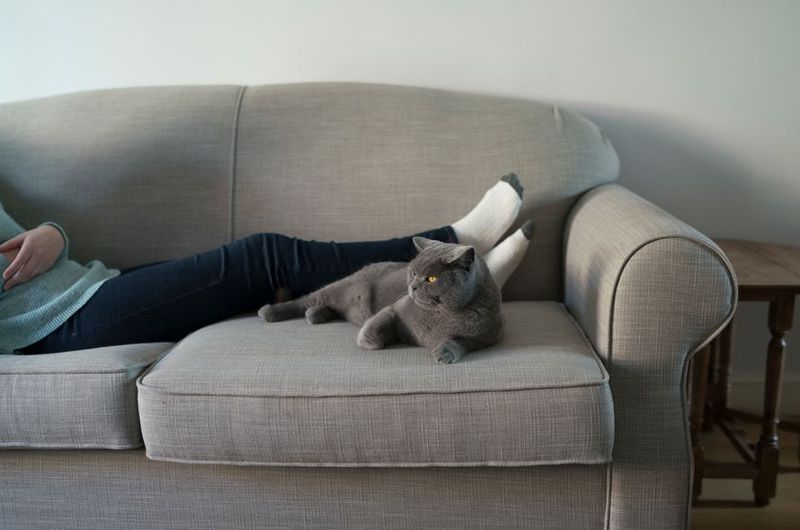
Fearful cats vanish at the slightest noise. A secure cat, however, lounges openly in busy rooms without flinching at everyday sounds.
They’ll casually stroll through the house rather than darting from hiding spot to hiding spot. This transition from constant vigilance to relaxed presence happens gradually as trust builds in their environment.
3. Walking Around With Ease
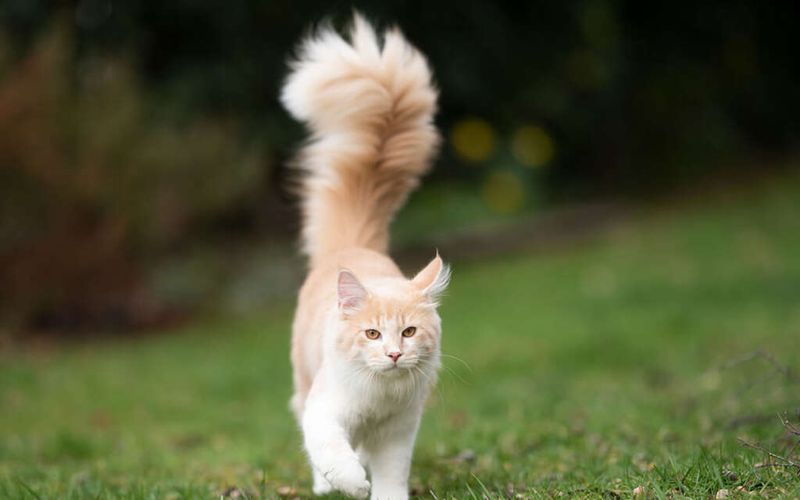
A cat feeling at home becomes an adventurer! Tail held high, they’ll investigate every nook with curious confidence.
You might find them climbing to new heights or claiming previously avoided spaces. This exploratory behavior shows they’ve mentally mapped your home as their territory—a significant emotional milestone indicating deep-rooted security.
4. Less Meowing For Attention
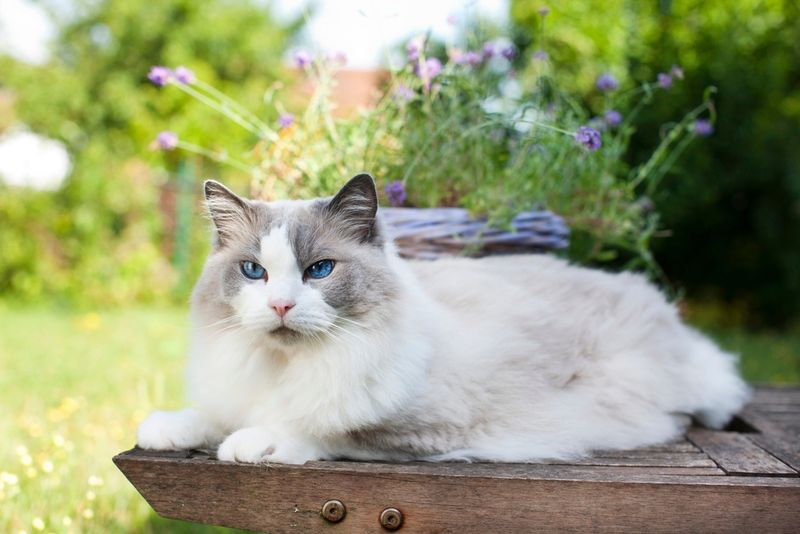
Anxious cats often vocalize excessively, demanding reassurance through loud meows. Security brings vocal peace.
They’ll communicate more subtly—a chirp here, a quiet meow there. This shift happens because they’re no longer constantly seeking safety confirmation. Their quieter demeanor reflects inner emotional balance rather than desperate attention-seeking.
5. Purring More Frequently
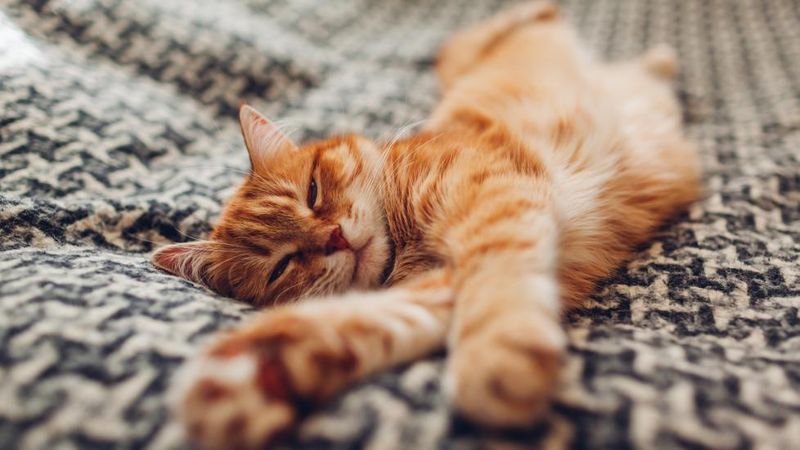
That rumbling engine sound becomes your cat’s signature once they feel safe. Secure cats purr not just during petting but while simply being near you.
Morning purrs, evening purrs, just-because purrs—they’re expressing pure contentment. This sound, originally developed to self-soothe, becomes their way of sharing happiness with their trusted human companion.
6. Relaxed Body Language

Watch your cat’s body tell their emotional story. Tense muscles melt away as safety becomes their reality.
You’ll notice loose shoulders, casually draped limbs, and that signature ‘cat loaf’ position with tucked paws. Their eyes might slowly blink or remain half-closed in your presence—the feline equivalent of a contented sigh.
7. Letting You Pet Without Hesitation

Skittish cats flinch at approaching hands. The emotionally secure cat welcomes your touch, even inviting it by presenting their favorite scratching spots.
They might roll over, exposing their vulnerable belly—the ultimate trust display. This physical surrender happens only when they’re convinced you pose zero threat, representing a profound emotional transformation from suspicion to complete trust.
8. Playfulness Returns

Safety unlocks your cat’s inner kitten! Previously cautious cats suddenly pounce on toys with abandoned joy.
They’ll initiate play sessions, sometimes bringing toys to you or creating their own games. This playful spirit emerges because their brain no longer dedicates resources to constant vigilance—they can finally relax enough to experience pure joy.
9. Routine Comfort

Safe cats become creatures of habit, finding emotional security in predictability. They’ll establish specific sleeping spots and mealtime rituals that bring them comfort.
You might notice them waiting at certain times for regular activities or becoming vocal when routines change. This attachment to patterns isn’t rigidity—it’s their way of creating structure in a world they now trust.
10. Grooming More Often
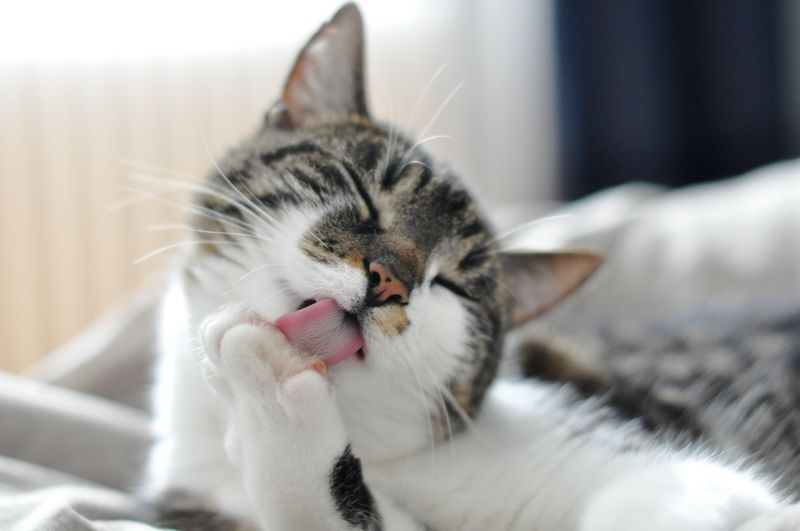
Stressed cats neglect self-care. A secure cat transforms into a meticulous groomer, spending significant time on their beauty routine.
You’ll catch them in leisurely grooming sessions, sometimes even grooming you! This behavior indicates they’ve moved beyond survival mode into self-care mode—a luxury only emotionally secure cats can afford.
11. A Decrease In Defensive Behavior

Fearful cats lash out defensively—hissing, swatting, or biting when approached. Security melts these reactions away.
Instead of perceiving threats everywhere, your cat calmly assesses situations before responding. Even during uncomfortable moments like vet visits, they’ll show more tolerance. This emotional growth reflects their fundamental belief that their world is now generally safe.
12. More Eye Contact And Affectionate Gestures
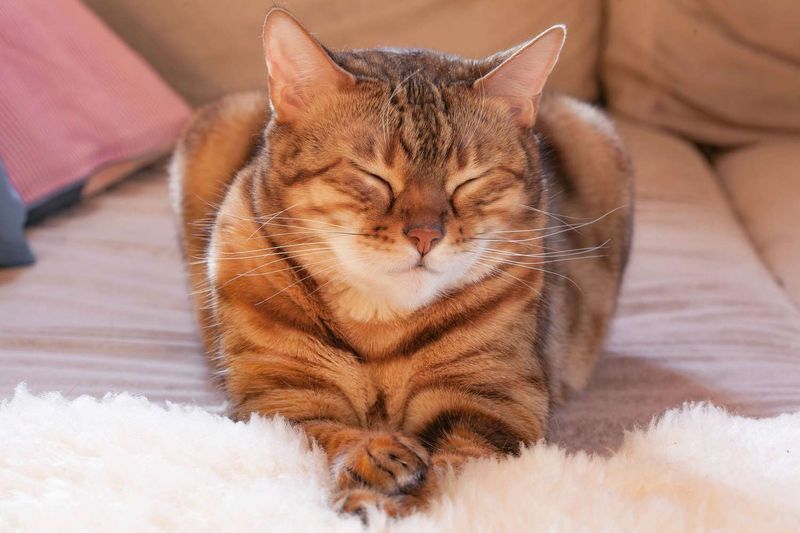
The slow blink—a cat’s kiss—becomes regular once they feel emotionally safe. They’ll gaze at you adoringly rather than avoiding eye contact.
Some cats develop unique greeting rituals or special meows just for you. These personalized connections represent the deepest level of feline trust, showing they’ve accepted you completely into their inner emotional circle.



